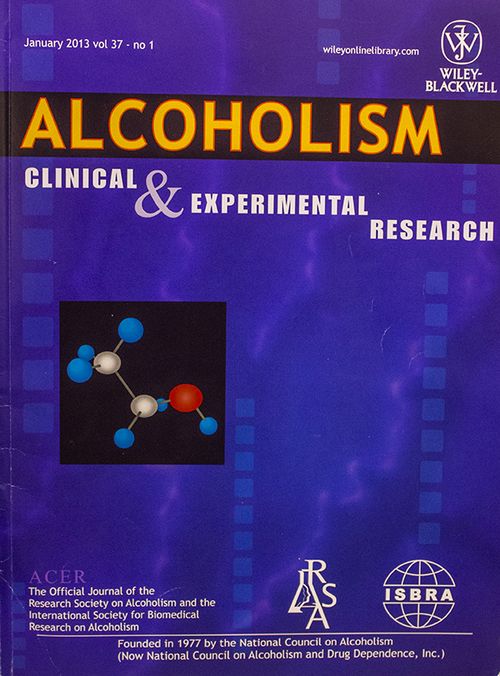 Henry Kranzler, MD, Penn professor and director of the Center for Studies of Addiction, has been a leader in research on alcohol dependence for 25 years. His work has contributed to an understanding of the genetic risk factors that contribute to alcohol dependence, and he has designed and conducted several National Institutes of Health-funded clinical trials evaluating medications, such as topiramate, to treat heavy drinkers.
Henry Kranzler, MD, Penn professor and director of the Center for Studies of Addiction, has been a leader in research on alcohol dependence for 25 years. His work has contributed to an understanding of the genetic risk factors that contribute to alcohol dependence, and he has designed and conducted several National Institutes of Health-funded clinical trials evaluating medications, such as topiramate, to treat heavy drinkers.
This spring, Kranzler was named the editor in chief of Alcoholism: Clinical and Experimental Research (ACER), the journal of the Research Society on Alcoholism and the International Society for Biomedical Research on Alcoholism.
Here at Penn Medicine, clinicians and researchers, like Kranzler, rise to the top of their field through excellence in patient care or impactful research published in journals, like ACER, that are respected by their peers in the field. But, how do you get to be editor in chief of a journal and what does the job entail? I sat down with him to find out.
 Q: Tell me about ACER.
Q: Tell me about ACER.
ACER is a peer-reviewed, multidisciplinary scientific journal that publishes papers based on original research that promotes a greater understanding of the etiology, treatment, and prevention of alcohol-related disorders. It covers all aspects of alcohol’s effects, from the molecular to the societal, with a substantial focus on its effects on the nervous and gastrointestinal systems.
Q: How did this opportunity come to you?
ACER was the first journal that I published my research in as a young investigator, and I have continued to do so over the past 25 years. When the call came for candidates to be the editor in chief, I applied for the position. After responding to written questions from the selection committee and completing a telephone interview, I was selected to be editor in chief and assumed the role in May. I think it is a good match for my skills and interests.
Q: Tell me what the job entails.
I am responsible for the successful production of every issue of the journal, which is published monthly. I work with an editorial team that includes a deputy editor, two associate editors, a managing editor and an assistant managing editor, and 60 field editors across the United States and internationally who obtain reviews by peers and select those that are suitable for publication. In addition to overseeing the review process, the editorial group sets policy for the journal. We are currently in the process of revamping procedures to streamline the review process and soliciting cutting-edge review articles for publication.
Q: Explain how research is chosen for the journal.
Articles are generally unsolicited, though critical reviews and commentaries on articles that have been accepted are invited. Prospective authors submit their work online at the journal website. As with most journals, we require that articles be submitted to only our journal; if we choose not to accept an article, the authors are then free to submit it to another journal. At the time of submission, authors are asked to identify a potential field editor who is expert in the area covered by the manuscript. The field editor manages the review process by soliciting reviewers. The journal receives approximately 500 submissions each year.
Q: What are you looking for in journal submissions?
We look for well-conceived, well-executed research on alcohol-related topics. The manuscript should be well-written and documented and contribute meaningfully to the alcohol literature.
Q: What are your goals for the publication?
My goal is to improve the journal. In January of this year the journal became exclusively an on-line publication. I think that this will help expedite the review and publication processes, which I am also working to improve by communicating more regularly with the field editors and the reviewers.
Researchers want to see their work get out to their peers as quickly as possible. So, the more that we can do to ensure rapid publication of the best research will make the journal more competitive with similar journals.
I am also hoping to increase our impact factor, which is based on the ratio of citations of articles in the journal to the number of articles published. I’d like to see us increase the amount of critical reviews, as such articles help to boost the readership and profile of the journal and increase the impact factor. I hope to shape ACER to be a source for impactful alcohol research and a highly sought-after place for researchers to showcase their work.